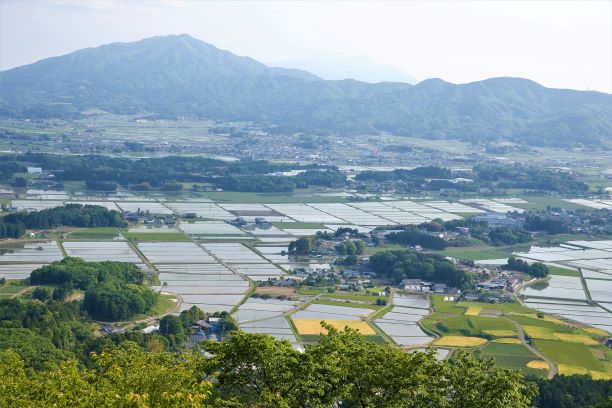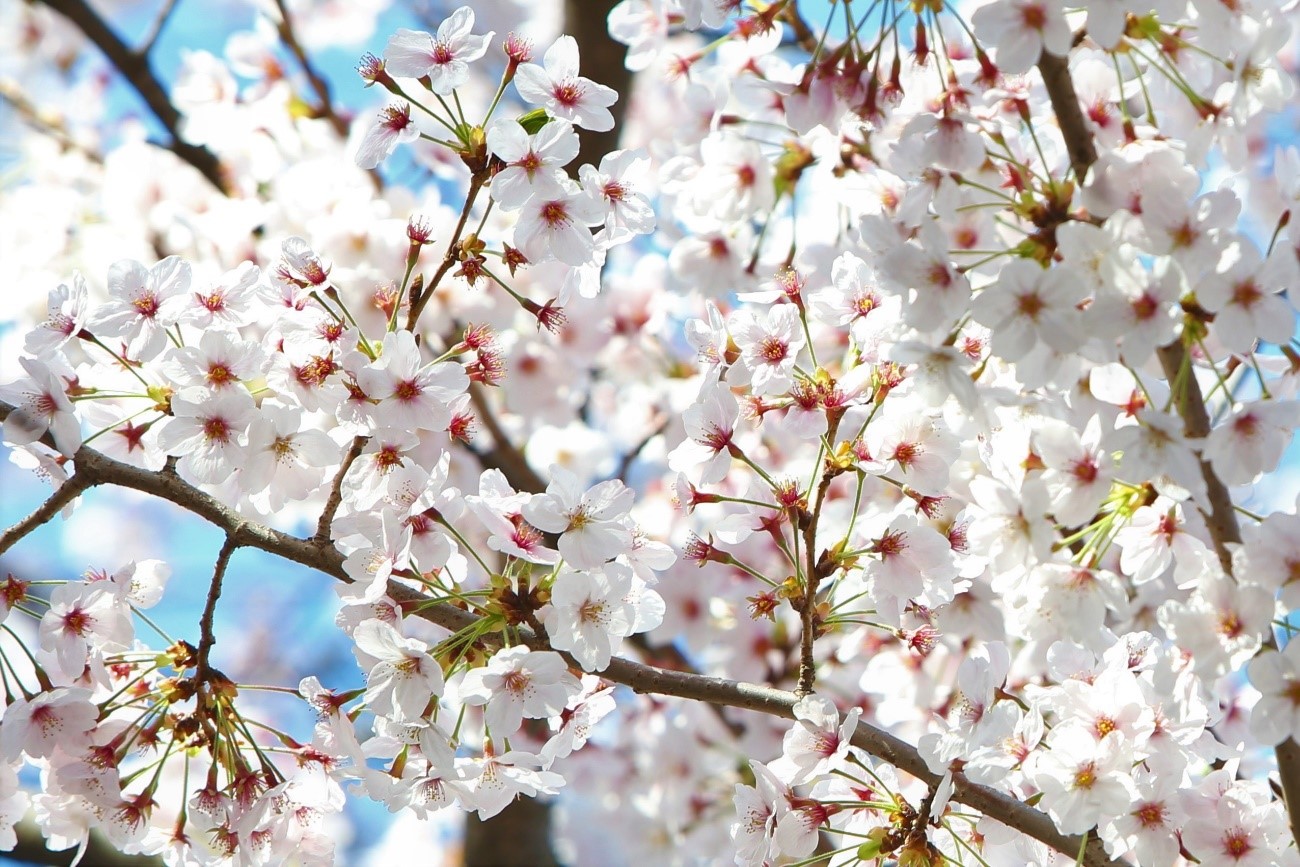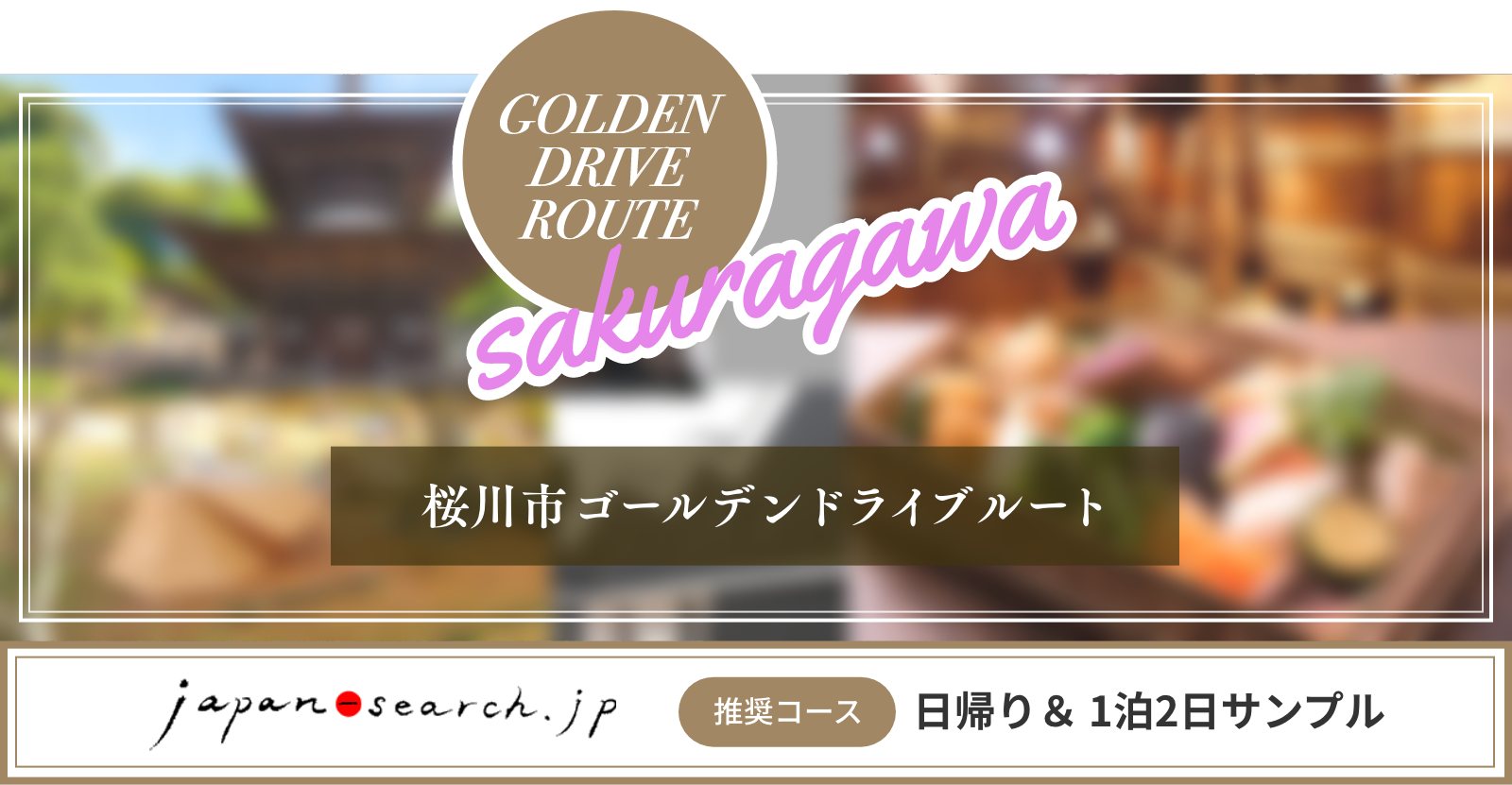
About city of Sakuragawa
About city of Sakuragawa The City of Sakuragawa is a new city created in 2005 after the Town of Iwase and the villages of Yamato and Makabe formally incorporated. The Town of Iwase was the threshold for the song “Sakuragawa” written by Zeami who popularized the Yu-gen style of Noh during the Muromachi period [mid-1300s ~ late 1500s]. The Village of Makabe is a museum-in-a-city with its 400-year old town divisions and many buildings of traditional architecture. The Village of Yamato is surrounded by incredible nature, an idyllic place. The history of this area runs deep. You can visit Makabe Castle, a nationally designated historic site from the Sengoku Period [from the 1460s through the early 1600s], the streets of Makabe designated an Important Traditional Buildings Region, and at the Amabikisan Rakuho Temple opened in the 6th century, you can see peacocks roaming the grounds. At the Gosho-magataki Shrine built in the 11th century, you can see Benkei’s Basket, an Important Cultural Property, said to belong to Musashino Benkei as well as the Gassandera Museum where you can see historical mandalas as well as other pieces of artwork that cannot be viewed elsewhere. This area is also home to cherry trees called Cerasus jamasakura famous in the Yoshino-yama area of Nara. The 900 cherry trees lining the road to the Sakuragawaisobeina Shrine is a nationally designated scenic spot and the eleven varieties of cherry trees [Cerasus jamasaura] are called the Sakura of Sakuragawa and are a national monument. You will surely see the fully blooming cherry trees as you pass through Sakuragawa on the expressway. From February 4th through March 3rd, you can enjoy the Makabe Hina Doll Festival. Hina dolls line the streets of the Town of Makabe. On the second Sunday in April, you can enjoy the Madara Onigami Festival at the Amabikisan Rakuho Temple, and from July 23rd through the 26th, you can see the Makabe Gion Festival, a 400-year old festival at the Goshokomagataki Shrine. Men wearing boater hats wearing hakama parade through town. It’s as if you’re watching a Miyazaki Hayao movie. All are must-see-once events. Local produce is abundant as well. Beni Kodama watermelon along with grapes sweet as honey called Olympia is available here. From the end of October through mid-December there is a mikan garden you can visit. Hitachi Aki soba is considered the highest-quality soba [buckwheat noodle]. There are many Japanese confectionary shops in town as well. Also famous for its granite called Makabe-seki, the Makabe stone lanterns are a nationally designated traditional craft dating back to the end of the Edo era. The bonsho [large bells] made by Odabe Casting goes back 800 years. Those who love to see seasonal changes in nature, unique festivals and events would do well to visit often.






